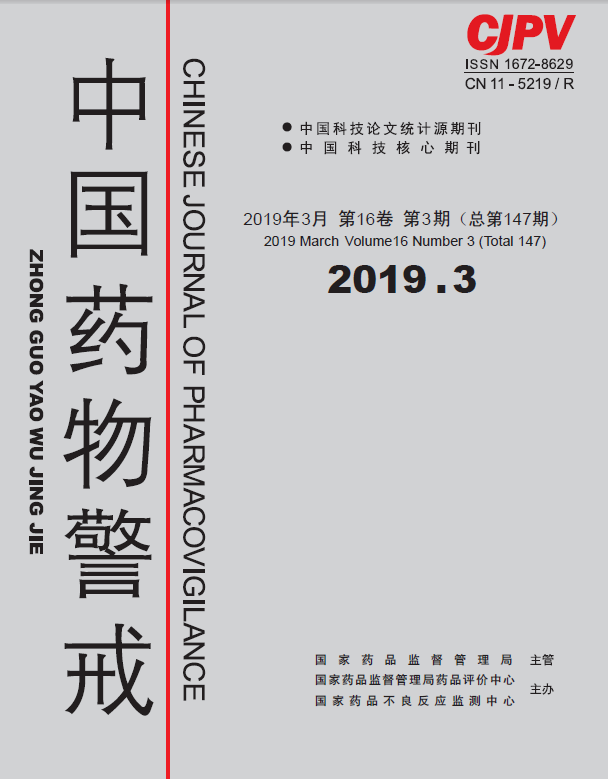|
|
Literature Analysis of HLA-B*5801 Polymorphisms and Cutaneous Adverse Reactions Induced by Allopurinol
PEI Yuan, WANG Rui, WANG Dandan, GUO Lina, WANG Bo, KANG Heyao
2019, 16(3):
154-156.
Objective To investigate the association between alleles of HLA-B*5801 and cutaneous adverse reactions induced by allopurinol, and predict potential adverse effects of allopurinol, so as to provide references for clinical safe and rational use of drugs. Methods Chinese Academic Journal (online), Wanfang Database, Chinese Science and Technology Journal Full-text Database (VIP), and PubMed databases were retrieved from March 2005 to May 2018, and then the documents of alleles of HLA-B*5801 and cutaneous adverse reactions(CAR) induced by allopurinol were collected for statistical analysis. Results A total of 46 literatures with 342 cutaneous adverse reactions patients were retrieved. There are 310 cases with positive allele of HLA-B*5801, with a positive rate of 90.64%. The males(188) are more than females(122) and the age distribution was 18~91 years old, especially 61~75 years old patients were more. Among the 310 patients with HLA-B*5801 positive allele, 256 cases were severe cutaneous adverse reactions (SCAR), accounting for 82.58%, and 54 cases were mild cutaneous adverse reactions, accounting for 17.42%. In addition, patients taking 100 mg allopurinol and taking it for 21~30 days had a higher incidence of adverse reactions. Conclusion There was strong association between alleles of HLA-B*5801 and cutaneous adverse reactions induced by allopurinol. In addition, gender, age, duration and dosage of medication were also influence factors of the adverse reactions. In clinical use of allopurinol, we should pay attention to these factors, and pharmaceutical care should be strengthened to avoid the occurrence of adverse reactions to ensure medication safety.
References |
Related Articles |
Metrics
|
